![Xenakis, Iannis: GRM Works 1957-1962 [VINYL] (Recollection GRM) Xenakis, Iannis: GRM Works 1957-1962 [VINYL] (Recollection GRM)](https://www.teuthida.com/productImages/misc4/17337.jpg)
Back in Stock: Recollection GRM assembles Greek experimental composer Iannis Xenakis' works for Groupe de Recherches Musicales circa 1957-1962: "Concret PH" (1958); "Orient-Occident" (1960); "Diamorphoses" (1957-58); "Bohor" (1962).
Out of Stock
Quantity in Basket: None
Log In to use our Wish List
Shipping Weight: 24.00 units
Sample The Album:
Iannis Xenakis-composer
Click an artist name above to see in-stock items for that artist.
UPC: 9120020389525
Label: Recollection GRM
Catalog ID: REGRM 007LP
Squidco Product Code: 17337
Format: LP
Condition: New
Released: 2013
Country: Austria
Packaging: Vinyl LP in a Gatefold Sleeve
Concret PH (1958)
Brussels World Fair, 1958 : The industrialist Philips commissioned Le Corbusier's famous "Philips Pavilion": "I'll create an electronic poem for you, he said. Everything will happen inside: sound, light, colour and rhythm." Iannis Xenakis designed the architectural blueprint and composed "Concret PH", meant to psychologically prepare the public to the show created inside, accompanied by a musical piece by Varese.The 400 speakers that lined the inner shell were meant to fill the space through the sound sparkles of "Concret PH" and achieve a joint emanation of architecture and music, conceived as a whole: the roughness of the concrete and its internal friction coefficient found an echo in the timbre of the sparkles.
Orient-Occident (1960)
The work was originally composed for a film by Enrico Fulchignoni for UNESCO. The film describes a visit to the museum suggesting to compare artefacts produced by various cultures and highlighting their interaction that dates back to the most ancient times.From an abstract point of view, the composer regards this work as a solution to the problem of finding highly diversified means of transition, meant to link a type of material to another. One indeed witnesses a varied gradation of mutations, interplays, overlaps, cross-fading, sudden shifts and hidden junction points.
Diamorphoses (1957-58)
Continuity and discontinuity within evolution, here are two aspects of the being, whether in opposition or in communion. In "Diamorphoses" this antithesis was worked on in the sections of some sounds strongly opposed to others, and particularly in organisations of continuous variations of average or "statistical" heights.
Bohor (1962)
Bohor (referring to Bors the Younger, Lancelot's cousin), is a character from the medieval cycle of King Arthur and the Knights of the Round Table. "Bohor" is dedicated to Pierre Schaeffer. The author deliberately abstained from giving and descriptive information on his piece, letting the listener choose an imaginary route for himself. For this release, we have chosen the 1968 version, revised by Iannis Xenakis himself and as yet not made available to the public.
Even though Iannis Xenakis never made "musique concrète" in the sense given by Pierre Schaeffer, the GRM was a locus for experimenting with his ideas about sound and sound structures. The works, composed between 1958 and 1962, show a boldness as advanced as in his orchestral approach.
The relationship between Xenakis and Schaeffer was often tense. It nevertheless entailed mutual recognition and respect towards each other's musical approach. Moreover, "Bohor" is dedicated to Schaeffer, as evidenced by the letter Xenakis sent him on October 8th, 1968: "Dear Pierre, I have decided to dedicate Bohor to you, out of friendship and gratitude for your contribution to music. I hope you are pleased with this." Schaeffer found the piece disproportionate in terms of intensity but was indeed pleased by the dedication.
The four pieces presented here, all produced at the GRM, undoubtedly demonstrate the experimental intent and the strictly "physical" character of Xenakis' music, in that it provides the audience with a listening experience of a rare intensity."-François Bonnet & Christian Zanési
Artist Biographies
• Show Bio for Iannis Xenakis "Iannis Xenakis (Greek: Γιάννης (Ιάννης) Ξενάκης [ˈʝanis kseˈnacis]; 29 May 1922 - 4 February 2001) was a Romanian-born, Greek-French composer, music theorist, architect, and engineer. After 1947, he fled Greece, becoming a naturalized citizen of France. He is considered an important post-World War II composer whose works helped revolutionize 20th century classical music. Xenakis pioneered the use of mathematical models in music such as applications of set theory, stochastic processes and game theory and was also an important influence on the development of electronic and computer music. He integrated music with architecture, designing music for pre-existing spaces, and designing spaces to be integrated with specific music compositions and performances. Among his most important works are Metastaseis (1953-54) for orchestra, which introduced independent parts for every musician of the orchestra; percussion works such as Psappha (1975) and Pléïades (1979); compositions that introduced spatialization by dispersing musicians among the audience, such as Terretektorh (1966); electronic works created using Xenakis's UPIC system; and the massive multimedia performances Xenakis called polytopes. Among the numerous theoretical writings he authored, the book Formalized Music: Thought and Mathematics in Composition (French edition 1963, English translation 1971) is regarded as one of his most important. As an architect, Xenakis is primarily known for his early work under Le Corbusier: the Sainte Marie de La Tourette, on which the two architects collaborated, and the Philips Pavilion at Expo 58, which Xenakis designed by himself." ^ Hide Bio for Iannis Xenakis
4/23/2025
Have a better biography or biography source? Please Contact Us so that we can update this biography.
Track Listing:
Side A
Concert PH (1958) 2:41
Orient-Occident (1960) 11:10
Diamorphoses (1957-58) 6:55
Side B
Bohor (1962) 21:50
Vinyl Recordings
Compositional Forms
Avant-Garde
Electro-Acoustic
Electroacoustic Composition
New in Compositional Music
Search for other titles on the label:
Recollection GRM.





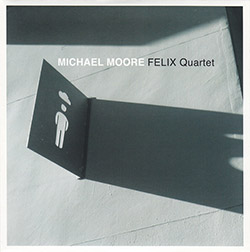

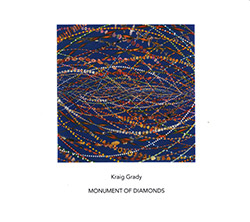
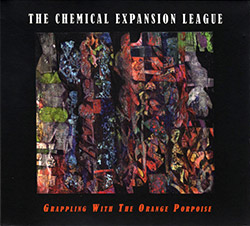




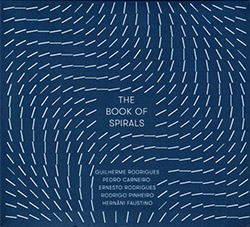
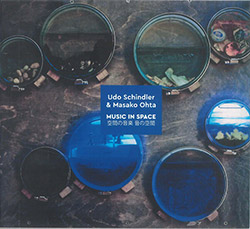

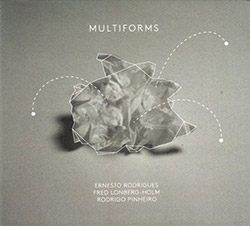
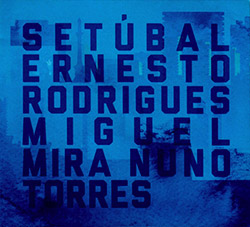


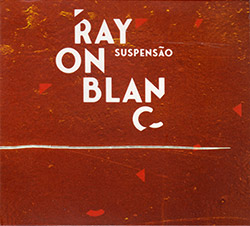





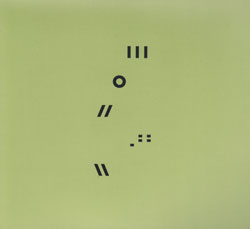
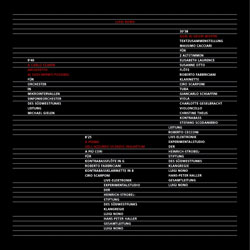

![Laubrock, Ingrid: Purposing The Air [2 CDs]](https://www.teuthida.com/productImages/misc4/35639.jpg)
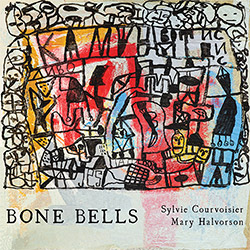

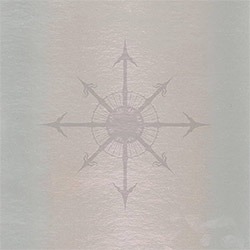
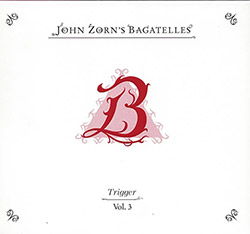
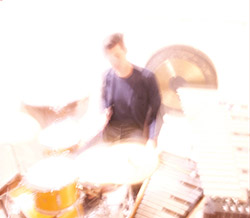
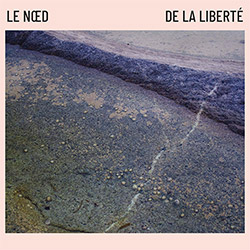

![Yiyuan, Liang / Li Daiguo: Sonic Talismans [VINYL]](https://www.teuthida.com/productImages/misc4/35957.jpg)







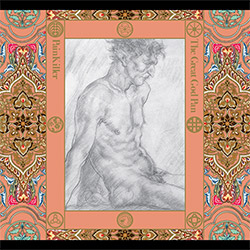







![111 (Michelle / Villamil): Live at Opus 40 [CASSETTE]](https://www.teuthida.com/productImages/misc4/35986.jpg)
![del Pino, Francisco / Charlotte Mundy: The Sea [CASSETTE]](https://www.teuthida.com/productImages/misc4/35987.jpg)




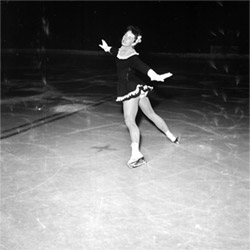



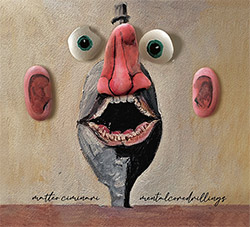


![Brotzmann, Peter / John Edwards / Steve Noble / Jason Adasiewicz: The Quartet [2 CDs]](https://www.teuthida.com/productImages/misc4/35975.jpg)
![Brotzmann, Peter / John Edwards / Steve Noble / Jason Adasiewicz: The Quartet [VINYL 2 LPs]](https://www.teuthida.com/productImages/misc4/35976.jpg)
![Thomas, Pat: The Solar Model of Ibn-Al Shatir [VINYL]](https://www.teuthida.com/productImages/misc4/36044.jpg)
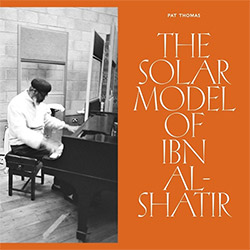






![Cocks, Laura: FATHM [VINYL]](https://www.teuthida.com/productImages/misc4/36055.jpg)
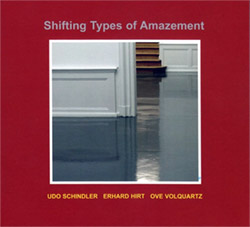
![Rodrigues, Ernesto / Nuno Torres / Guilherme Rodrigues: Whispers In The Moonlight - In Seven Movements [2CDs]](https://www.teuthida.com/productImages/misc4/35765.jpg)
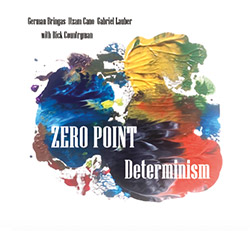


![Niblock, Phill / Anna Clementi / Thomas Stern: Zound Delta 2 [VINYL]](https://www.teuthida.com/productImages/misc4/34623.jpg)
![Myers, David Lee : Tin Drop Tear [BOOK w/ DOWNLOAD]](https://www.teuthida.com/productImages/misc4/36030.jpg)
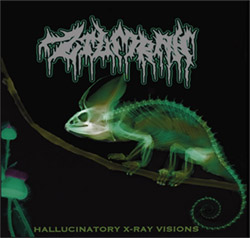
![Ackerley / Prymek / Turner: All Hope With Sleeping Minds [CASSETTE]](https://www.teuthida.com/productImages/misc4/35950.jpg)


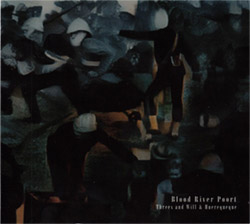


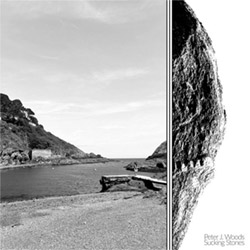


![Olencki, Weston : Pearls Ground Down To Powder [VINYL]](https://www.teuthida.com/productImages/misc4/35956.jpg)
![Myers, David Lee: Oculus [2CDs]](https://www.teuthida.com/productImages/misc4/35857.jpg)


![dustsceawung: dustsceawung [CASSETTE w/ Download]](https://www.teuthida.com/productImages/misc4/35753.jpg)
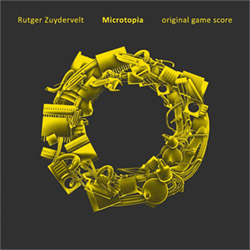

![Yoko, Ono / The Great Learning Orchestra: Selected Recordings From Grapefruit [2 CDs]](https://www.teuthida.com/productImages/misc4/35841.jpg)









![Zorn, John / JACK Quartet: The Complete String Quartets [2 CDs]](https://www.teuthida.com/productImages/misc4/35609.jpg)

![Lonsdale, Eden: Dawnings [2 CDs]](https://www.teuthida.com/productImages/misc4/35480.jpg)







![Sanna, Claudio: Compositori Sardi Contemporanei II [2 CDs]](https://www.teuthida.com/productImages/misc4/35317.jpg)








![Electric Bird Noise / Derek Roddy: 8-10-22 [CD EP]](https://www.teuthida.com/productImages/misc4/35970.jpg)








![Elephant9 : Mythical River [VINYL]](https://www.teuthida.com/productImages/misc4/34624.jpg)



![Elephant9 with Terje Rypdal: Catching Fire [VINYL 2 LPs]](https://www.teuthida.com/productImages/misc4/35355.jpg)
![Deerlady (Obomsawin, Mali / Magdalena Abrego): Greatest Hits [VINYL]](https://www.teuthida.com/productImages/misc4/34876.jpg)







![Surplus 1980: Illusion of Consistency [CD]](https://www.teuthida.com/productImages/misc4/35069.jpg)
![Staiano, Moe: Away Towards the Light [VINYL + DOWNLOAD]](https://www.teuthida.com/productImages/misc4/35037.jpg)



![Caveira (Gomes / Sousa / Abras / Ferrandini): Ficar Vivo [VINYL]](https://www.teuthida.com/productImages/misc4/34643.jpg)
![Coley, Byron: Dating Tips for Touring Bands [VINYL]](https://www.teuthida.com/productImages/misc4/17906.jpg)

![Lost Kisses: My Life is Sad & Funny [DVD]](https://www.teuthida.com/productImages/misc4/lostKissesDVD.jpg)